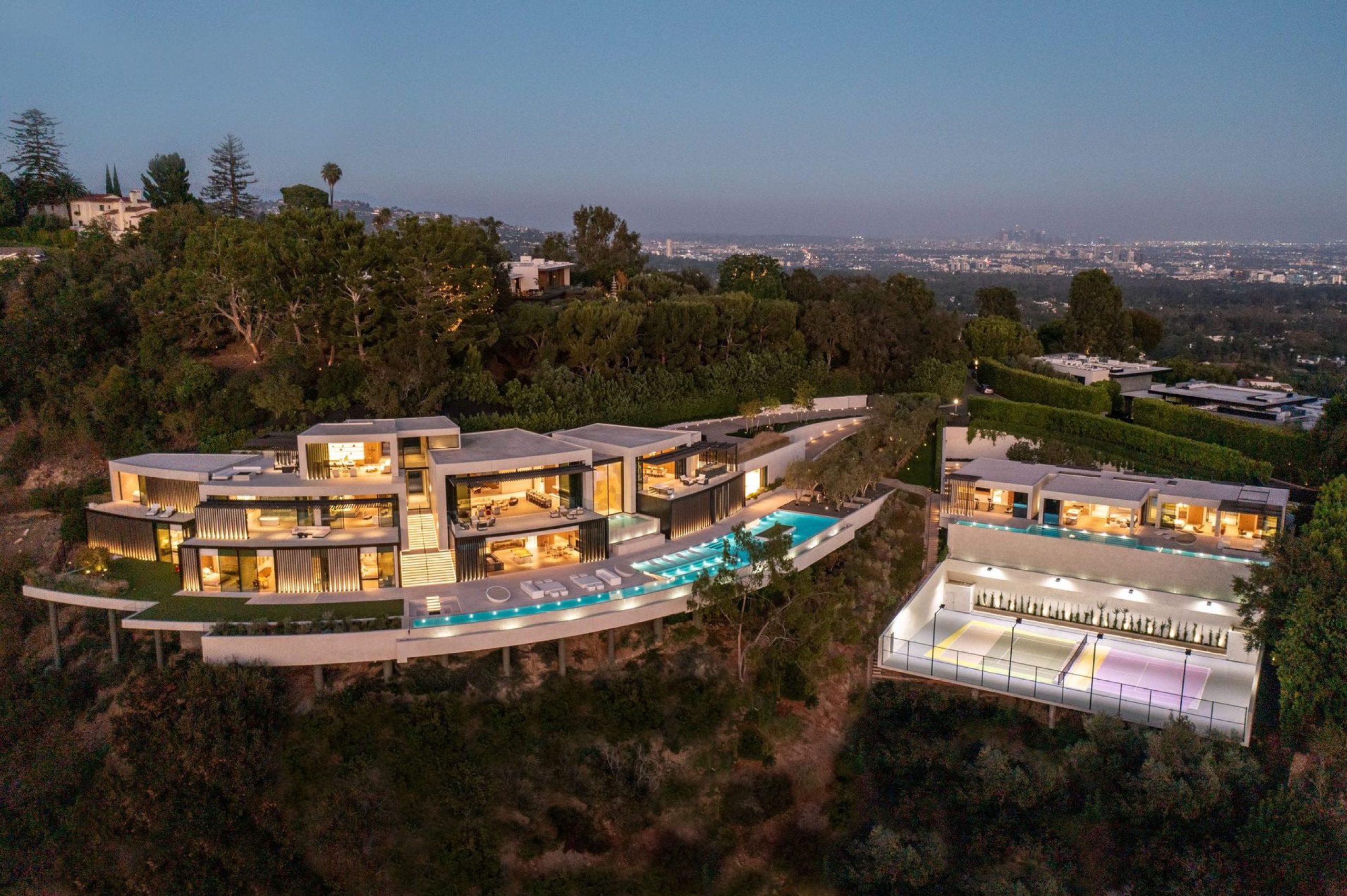Welcome to the Tione Residence, a stunning architectural masterpiece located in the heart of Santa Barbara, California. This extraordinary home, designed by the renowned architectural firm Shubin Donaldson, seamlessly merges contemporary aesthetics with the beauty of its natural surroundings. Situated on a sprawling property with breathtaking views, the Tione Residence offers a harmonious blend of luxurious living spaces and a deep connection to nature. Let’s embark on a virtual tour of this exceptional dwelling and explore the elements that make it truly one-of-a-kind.
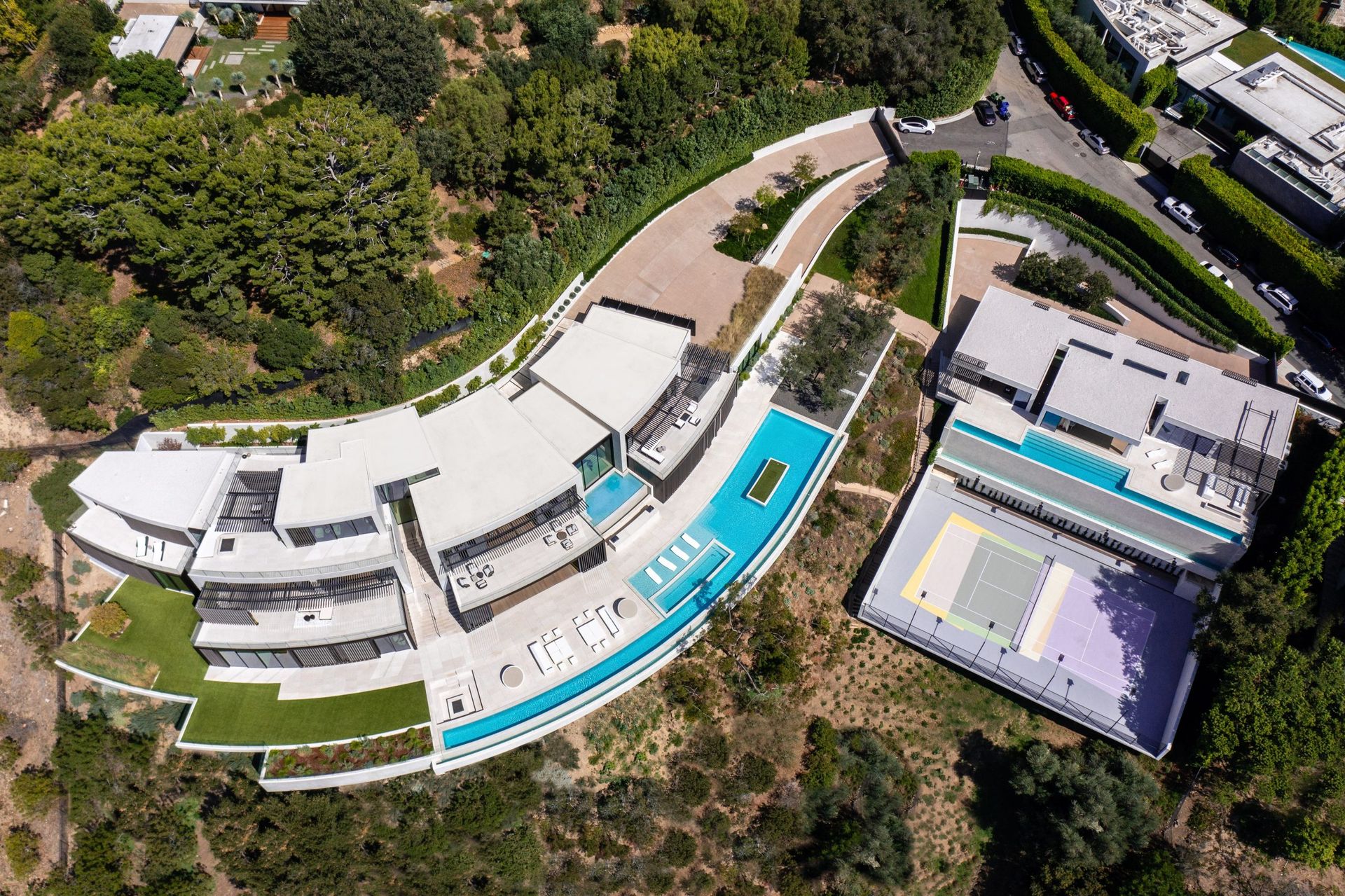
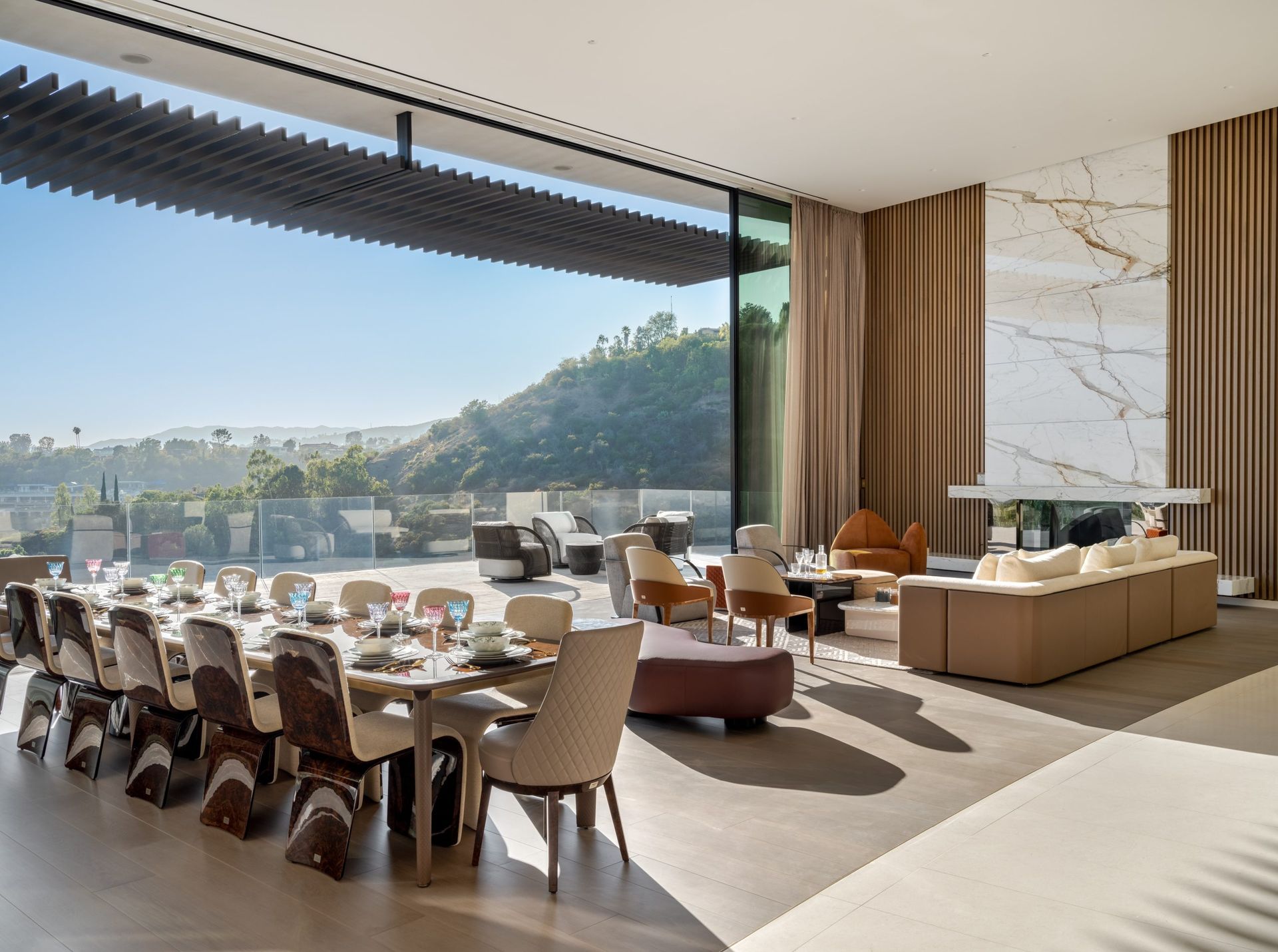
Tione Residence | Shubin + Donaldson | © Courtesy of Shubin + Donaldson
A Spectacular Integration of Architecture and Landscape
Shubin Donaldson’s expertise in creating architectural marvels is on full display at the Tione Residence. The design philosophy behind this project was to integrate the structure with the surrounding landscape, blurring the boundaries between indoor and outdoor spaces. The architecture effortlessly harmonizes with the picturesque environment, inviting residents to embrace the serenity of the outdoors while enjoying the comforts of a modern living space.
Contemporary Elegance and Thoughtful Interior Design
Upon entering the Tione Residence, you are greeted by an atmosphere of refined elegance and meticulous attention to detail. The interior spaces are thoughtfully designed to maximize natural light and create a seamless flow between rooms. Expansive floor-to-ceiling windows frame panoramic views, inviting the beauty of the outdoors to become an integral part of the living experience.
The residence features an open-concept layout that promotes a sense of spaciousness and connectivity. Clean lines, minimalist furnishings, and a neutral color palette enhance the contemporary aesthetic, allowing the focus to remain on the surrounding natural beauty. Each room exudes a sense of tranquility, providing a sanctuary for relaxation and contemplation.
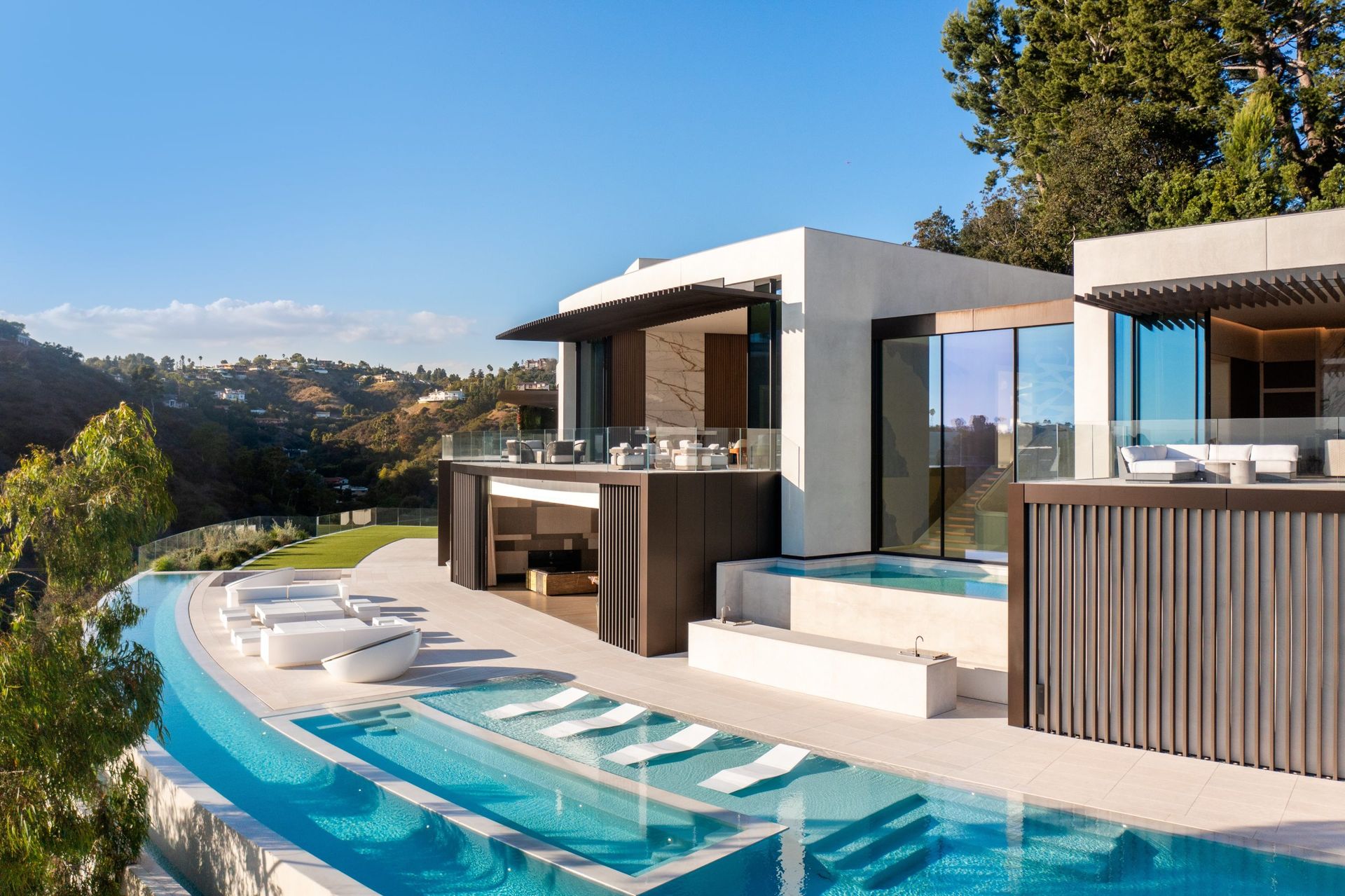
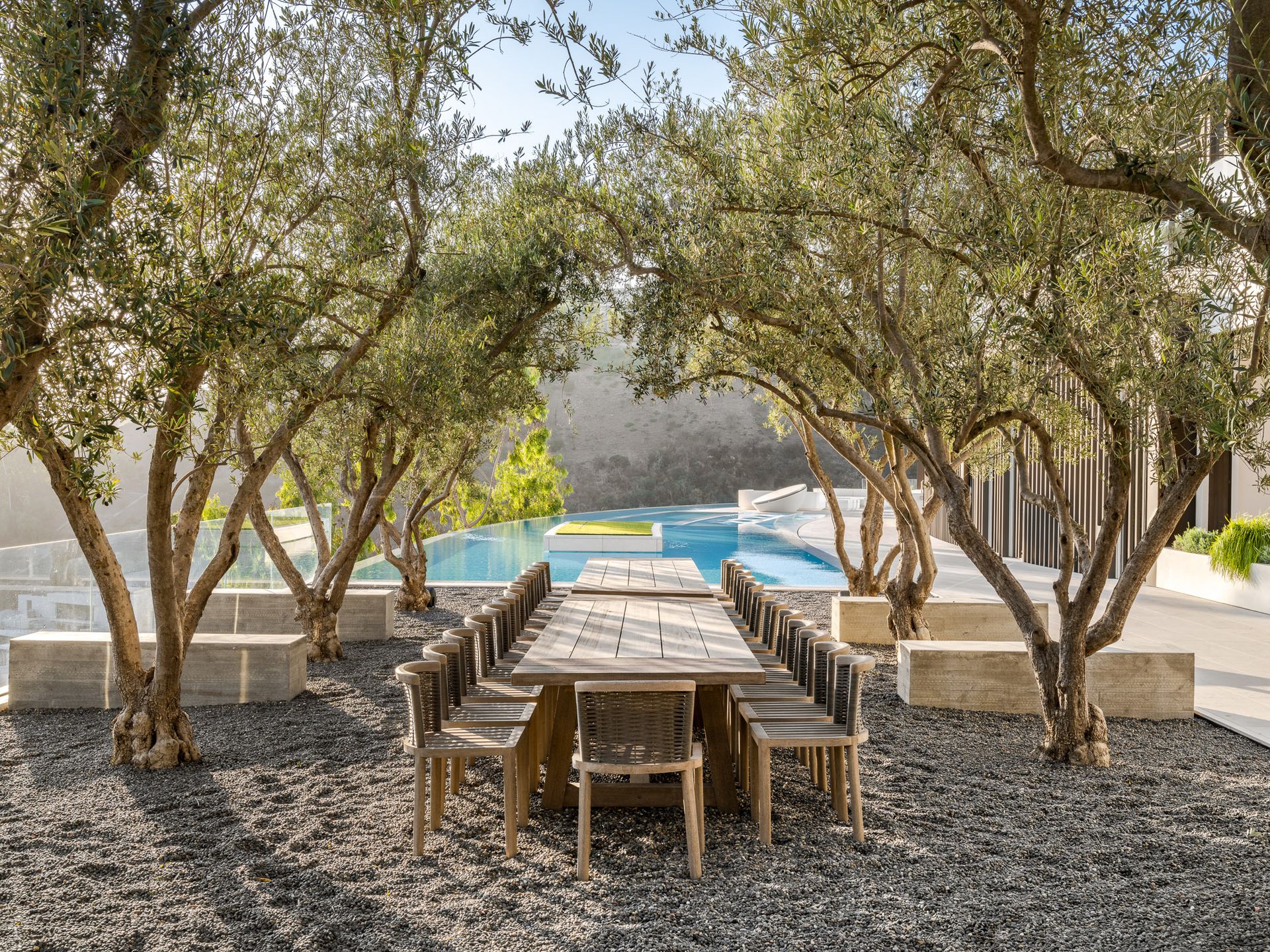
Tione Residence | Shubin + Donaldson | © Courtesy of Shubin + Donaldson
Outdoor Oasis: A Haven of Serenity
Step outside and discover the Tione Residence’s remarkable outdoor spaces. The property features thoughtfully designed landscaping that complements the natural surroundings. Lush gardens, native plantings, and tranquil water features create a harmonious oasis, inviting residents to reconnect with nature. Multiple outdoor living areas, including a spacious patio and a refreshing swimming pool, offer the perfect setting for entertaining guests or enjoying quiet moments of solitude.
Read also | Inside “Barreiro House” with Aires Mateus and Architecture Hunter
The Tione Residence is an architectural gem that seamlessly integrates contemporary design with the beauty of its natural surroundings. This home embodies the epitome of luxurious living, from its harmonious connection to the landscape to its thoughtfully designed interior spaces. ShubinDonaldson’s innovative approach to sustainable design ensures that the Tione Residence is visually stunning and environmentally responsible. Whether you seek a sanctuary of tranquillity or a haven for social gatherings, the Tione Residence offers an exceptional living experience in the heart of Santa Barbara, where modern elegance meets the serenity of nature.
